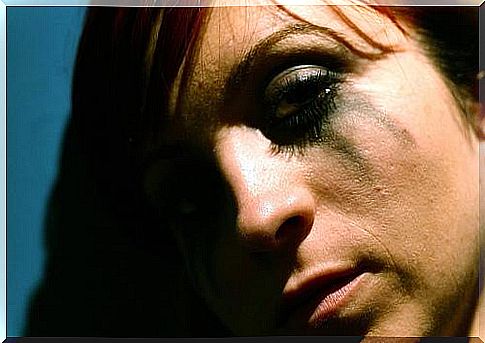Self-harm Or Desire To Harm Oneself

Self-harm is sometimes the only way a person feels they can deal with their problems. He tries to express the feelings for which he cannot find words and to release emotional pain. But for the people who harm themselves, the painful feelings always come back and they feel the urge to harm themselves again. So it is necessary to find other ways to feel better without hurting themselves.
This is a behavior, an escape mechanism, to express oneself and feel better, where personal injuries are the only way to deal with feelings such as sadness, hatred or anger. But that little relief doesn’t last long. In addition, concealment and guilt affect relationships with their family and friends.
Different types of self-harm
The impulse to harm oneself can be carried out in different ways. Some of the most common forms are: burning, cutting or scratching the skin, hitting the head or part of the body, piercing or inserting objects into the skin, preventing wounds from healing, ingesting toxic substances or other objects. Less obvious ways the person can put themselves at risk include heavy drinking, reckless driving, or taking random medications without taking any precautions.
What are the signs of self-harm?
Warning signs that a family member or friend is hurting themselves may include:
Unexplained injuries, bruises or burns – usually on the wrists, chest, arms and thighs – bloodstains on clothing or in the bed, finding knives, needles, glass and sharp objects among their belongings. They often have accidents and give excuses as being clumsy or having many misfortunes, or even wearing long sleeves or long pants in the heat. They are usually people who seem to be alone in the bathroom or bedroom for a long time, and they can suffer from isolation and irritability.
How do you deal with self-harm?
- The first step is to confide in someone and talk about what is happening. At first, someone may be afraid to talk about it, but it is often a relief to share with someone else what is happening to you. To do this, to talk about self-harm, the person must focus on his or her feelings and communicate in a way that feels most comfortable to them.
- The second step is to seek professional help and stop the harmful behavior. Because with the help of a therapist, the person can understand why he hurts himself. It is therefore very important to recognize the triggers of self-harm, and to achieve this he must work on his emotional awareness.
- The third step is to find new coping strategies, such as learning to express pain and intense emotions, learning to calm oneself, learning how to disconnect and especially looking for techniques that help release tension.
Professional treatment
Finding the right therapist can take some time. What is very important is that the therapist chosen is one who has experience in treating trauma and self-harm, and most importantly, that there is trust and kindness between both parties.
Image thanks to Toni Blay









